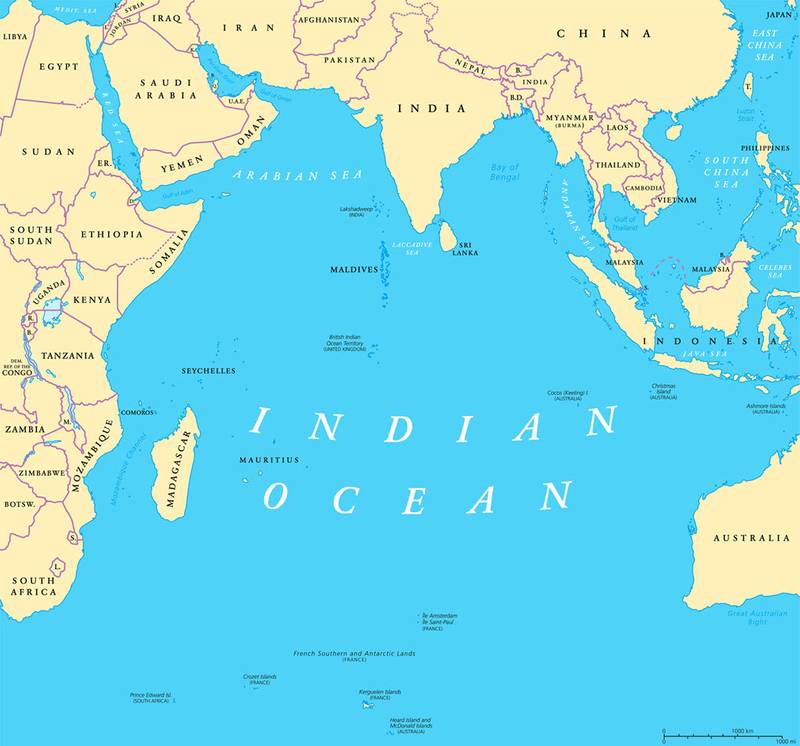Australia’s Indian Ocean territory of Christmas Island will be connected by subsea cable to the northern garrison city of Darwin, a project backed by Alphabet’s Google that Australia says will boost its digital resilience.
Christmas Island is 1,500 km (930 miles) west of the Australian mainland, with a small population of 1,250, but strategically located in the Indian Ocean, 350 km (215 miles) from Jakarta.
The cable announcement comes as the Australian and U.S. militaries upgrade airfields in Australia’s north, where a rotating force of U.S. Marines will be joined by Japanese troops next year.
Google’s vice president of global network infrastructure, Brian Quigley, said in a statement the Bosun cable will link Darwin to Christmas Island, while another subsea cable will connect Melbourne on Australia’s east coast to the west coast city of Perth, then on to Christmas Island and Singapore.
Australia is seeking to reduce its exposure to digital disruption by building more subsea cable pathways to Asia to its west, and through the South Pacific to the United States.
“These new cable systems will not only expand and strengthen the resilience of Australia’s own digital connectivity through new and diversified routes, but will also complement the Government’s active work with industry and government partners to support secure, resilient and reliable connectivity across the Pacific,” said Communications Minister Michelle Rowland in a statement.
The other partners in the cable project include Australian data centre company NextDC, Macquarie-backed telecommunications group Vocus, and Subco.
Subco previously built an Indian Ocean cable from Perth to Oman with spurs to the U.S. military base of Diego Garcia, and Cocos Islands, where Australia is upgrading a runway for defence surveillance aircraft.
Although 900 km (560 miles) apart, Christmas Island is seen as an Indian Ocean neighbour of Cocos Islands, which the Australian Defence Force has said is key to its maritime surveillance operations in a region where China is increasing submarine activity.
The new cables will also link to a Pacific Islands network being built by Google and jointly funded by the United States, connecting the U.S. and Australia through hubs in Fiji and French Polynesia.
Vocus said in a statement the two networks will form the world’s largest submarine cable system spanning 42,500 km of fibre optic cable running between the U.S. and Asia via Australia.
(Reuters – Reporting by Kirsty Needham in Sydney; Editing by Lincoln Feast.)

